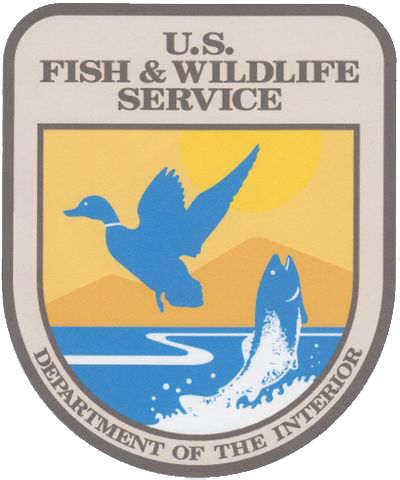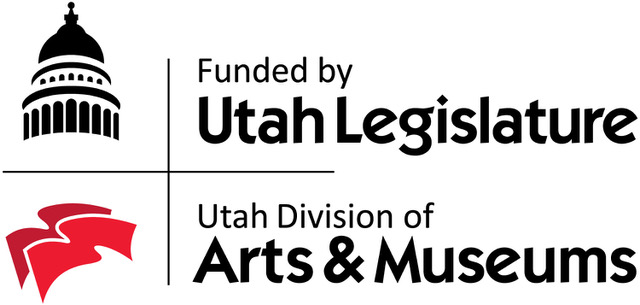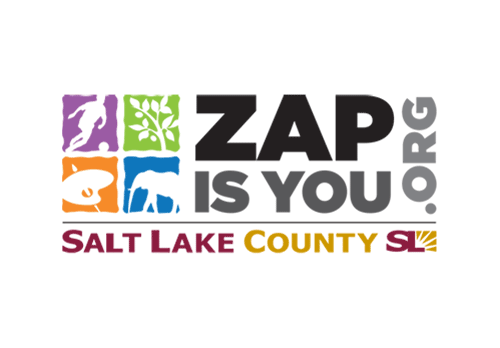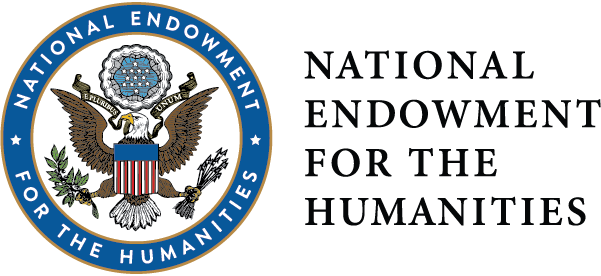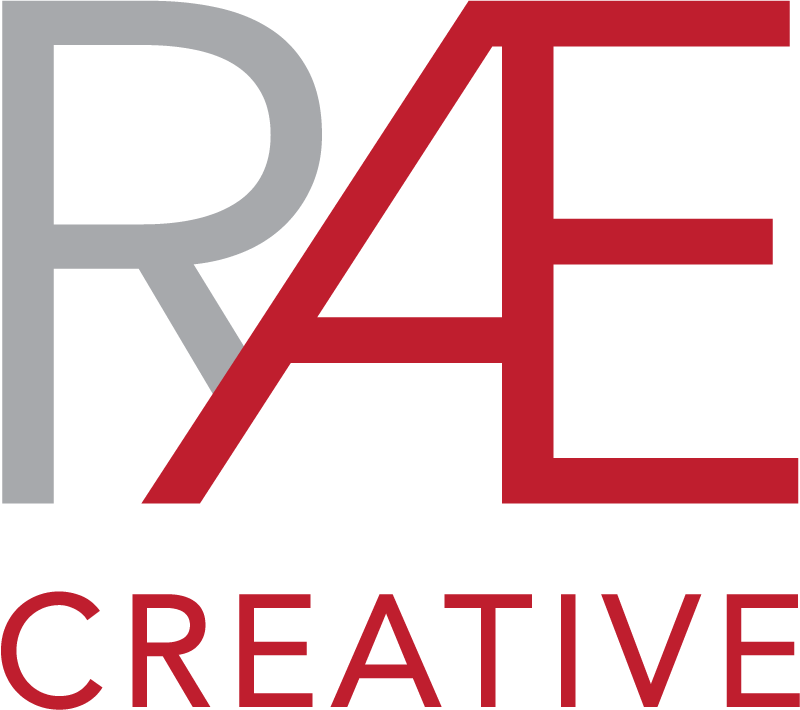What Does It Take to Leave Enough Water for Great Salt Lake?
Co-Creators: Amy MacDonald, Sofia Gorder, Rob Wilson and Joel Long
Begun in 2022, Illusion of Abundance (IOA) is a grassroots racial, social and climate justice project. It exposes a climate and culture in crisis due to the declining Great Salt Lake. IOA illuminates the historical erasure of the natural world and indigenous knowledge systems that hold innovative and necessary concepts available for saving our climate holistically. Through dance, prose, intertribal interviews and song, research, and stunning cinematography of Utah’s waterways and the nature it supports, IOA immerses you in the possibility of positive change and building paradigms to include underrepresented voices in stewardship, artistry and decision making around natural resources, land use, and climate.
Watch the Trailer
SUPPORT THESE ORGANIZATIONS
Learn More And Get Involved
Events
View upcoming and past events.
- April 30, 2024
Illusion of Abundance
- Westminster University
- 1840 South 1300 East SLC, UT 84105
- March 23, 2024
Ocean Filibuster
- Kingsbury Hall
- 1395 E. Presidents Circle SLC, UT 84112
- February 28, 2024
ARTS IN HEALTH THINK TANK
- 208 West Harvey Milk Blvd., SLC, UT 84101
- November 13, 2022
Evaporation: What Does It Take To Leave Enough Water For Great Salt Lake
- Our Lady Of The Snows
- Alta, Utah
- February 16, 2023
Great Salt Lake: Out of this World
- 2006: Space Oddity
- 2006 S 900 E, SLC, UT 84105
- September 23, 2022
Great Salt Lake Symposium
- Antelope Island
- September 28, 2023
2023 Party for Clean Power!
- Mid-Valley Performing Arts Theater
- 2525 Taylorsville Blvd.
Photo Gallery
Great Salt Lake Symposium event at Antelope Island September 24, 2022
From the reading entitled “We Are Made Of Water: Losing The Great Salt Lake”, by Joel Long, performance by Jordan Danielle, and Performance Art Piece entitled “Illusion of Abundance”, Choreography by Sofia Gorder, Narrative Written by Sophia Cutubrus
“When we see land as a community to which we belong, we may begin to use it with love and respect.”
Aldo Leopold
State Lawmaker and Rancher
Great Salt Lake: 1984 -2020
YOUR SUPPORT IS APPRECIATED
Make a Difference Today
Your generous gift will go towards our mission of transforming lives through the power of art and to supporting our commitment to increase the opportunities and impacts of artists and arts organizations. Your tax-deductible donation is greatly appreciated.



